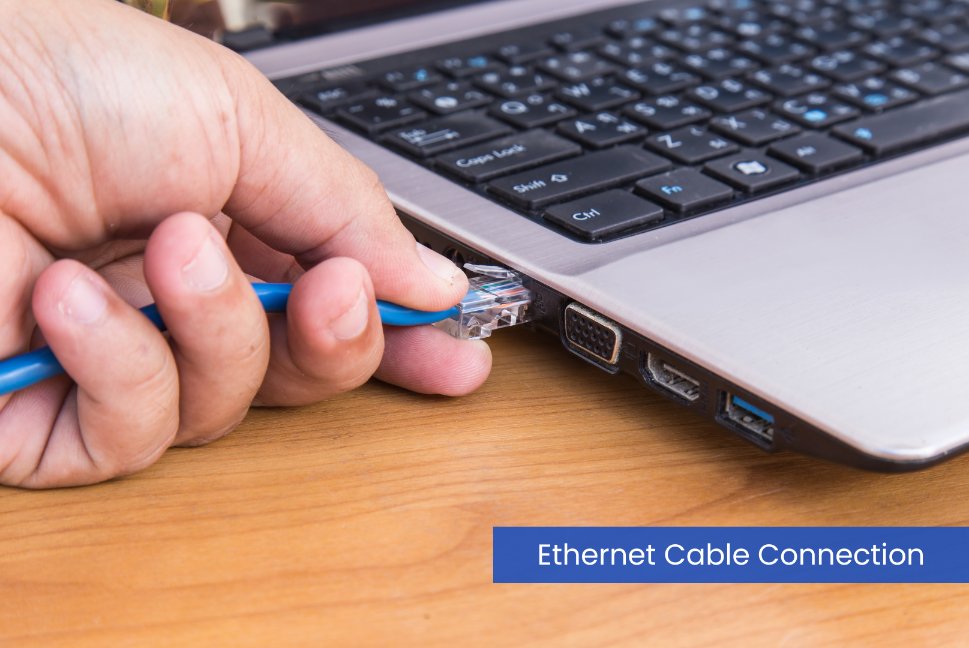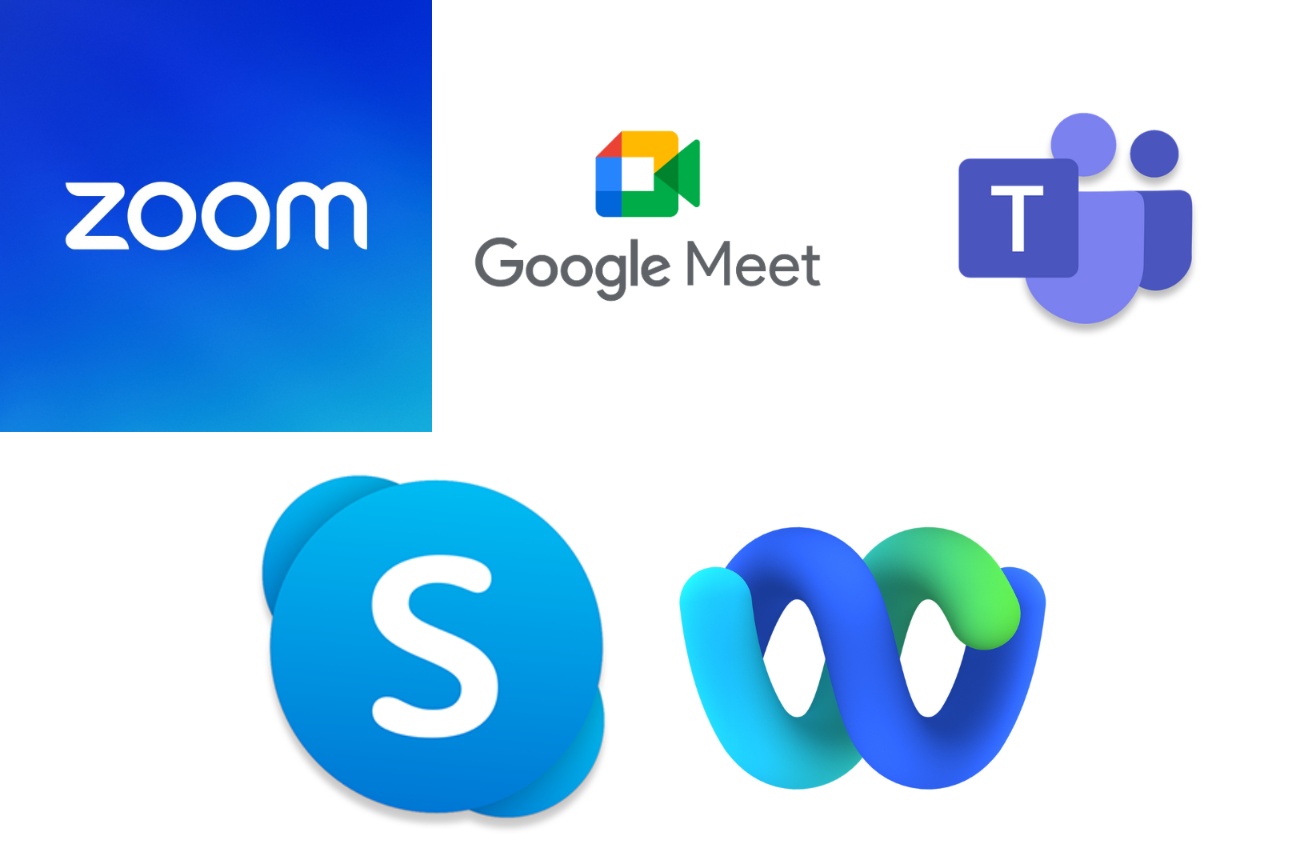
June 06, 2024
Internet Speed and Bandwidth that You Need for Uninterrupted Video Conferencing
In today's interconnected world, video conferencing is vital for professional communication in terms of working from home. The key factors that often influence the effectiveness and efficiency of video conferences are internet speed and bandwidth.
Understanding the bandwidth and internet speed requirements for video conferencing is crucial if you are thinking about carrying out smooth video chats or uninterrupted video conferences with your colleagues and clients.
This article explores the essential upload and download speeds required for different scenarios, the impact of factors like participant numbers and video resolution, and the specific needs of popular video conferencing software like Zoom, Google Meets, Microsoft Teams and Skype.
Additionally, we'll share practical tips for enhancing your bandwidth and internet speed for video conferencing experience and choosing the right internet plan. Understanding these elements will help you achieve uninterrupted, high-quality video calls for your work from home setup.
What Bandwidth is Best for Video Conferencing?
Without a doubt, the simple process of video conferencing online with partners, clients, and coworkers from anywhere in the world is actually pretty groundbreaking if you think about it.
Internet bandwidth and speed don't have the same meaning when you break it down. Bandwidth refers to the maximum amount of data that can be transmitted over an internet connection in a given amount of time, typically measured in megabits per second (Mbps). Speed, on the other hand, is how quickly data can be downloaded or uploaded to the internet. Both are essential for a seamless online experience.
However, upload speed is a crucial factor that determines whether a virtual meeting goes well and without interruption. Have you ever had an unreliable WiFi connection and found yourself in the middle of an important official meeting with your screen freezing or your voice sounding robotic? Sometimes the screen even goes completely black.
Isn't it frustrating to face such situations? In order to avoid problems such as these, it is crucial to figure out what bandwidth is best for your video conferencing requirements.
Working from home requires approximately 10 Mbps of download speed and 1 Mbps of upload speed per person. For more intensive tasks 25 Mbps download speed and 3 Mbps upload speed is required for an individual. Keep in mind that this is a minimum requirement. The more you can add, you will get the better experience when doing your tasks.
The bare requirement for video conferences is 1 Mbps, but depending on who you're sharing the connection with, something slightly faster, such as 3-5 Mbps, is recommended.
In short, larger is better when it comes to a dependable internet connection. Getting the best you are able to pay for will always serve you well. 6 Mbps is the ideal Bandwidth for video conferencing.
7 Things to Keep in Mind for Your Bandwidth Needs
There are a few things you need to take into consideration while figuring out the best Bandwidth for video conferencing and they are given below:
1. Number of Participants Involved in the Video Conference
When considering the appropriate internet bandwidth, the focus should be on how many people are simultaneously participating in video calls within the same network. The combined bandwidth demand of all simultaneous users determines the necessary internet service capacity.
The number of participants plays a huge role in figuring out the bandwidth to get the best quality video conferences. Imagine a scenario in which you are at home and there are people who have to attend a certain video conference together, then you will require an internet service with high bandwidth. If you opt for a service with low bandwidth then chances are your video conference will freeze multiple times all throughout the meeting.
So, if you have regular online meetings where a number of people make video calls using the same internet connection at a time, it is best to opt for an internet connection with high bandwidth. Contrariwise, if you are the only one joining the meeting, high bandwidth is not mandatory for you.
2. Type of Internet Connection
The type of connection you use is another critical factor. Wired connections, such as Ethernet, typically provide faster and more reliable upload speeds than wireless connections.

While Wi-Fi offers convenience, it can be susceptible to interference and signal degradation. For high-stakes video calls, a wired connection is often the best choice to ensure stability and speed.
3. Physical Location and Proximity to Servers
The distance between your location and the nearest internet server can affect your upload speed. The further away you are, the more likely you are to experience latency, which can slow down your connection. This is particularly true for Wi-Fi connections at home, where physical barriers like walls can weaken the signal. For optimal performance, try to position yourself closer to your router or, even better, use a wired connection.
4. The App/Software You Use for the Conferences
The app or software you use for your video conferences actually has a huge impact on how much bandwidth you need for a smooth video call meeting. Different apps and software have different requirements.
If you choose an app with fewer requirements then you won't really need much bandwidth however, if you use software with higher requirements then you will need more bandwidth.
5. Resolution of the Video (SD/HD)
The clarity of your video calls also depends on the resolution and quality of the video. For standard definition (SD) video, a minimum of 1 Mbps per participant is typically sufficient. For higher definition (HD) video, higher bandwidth, around 1.5-2.5 Mbps per participant, is necessary. Full HD call requires 3-4 Mbps per participant. Ensure your network can handle the cumulative bandwidth to maintain consistent video quality.
Keep in mind that these requirements are per participant. For a video call with multiple participants, ensure your total bandwidth can accommodate the combined load. For example, a 10-person HD 720p call would require between 15 and 25 Mbps collectively.
6. Latency
Latency, the time it takes for data to travel from source to destination, is crucial for real-time communication. High latency can cause delays and out-of-sync audio and video, disrupting the flow of conversation. Aim for low latency under 150 milliseconds for an optimal video conferencing experience.
7. Network Topology
Network topology, or the arrangement of various elements (links, nodes, etc.) in your network, impacts call quality. Congested networks can lead to packet loss and jitter, degrading video quality. Understanding your network’s load capacity and using more stable connections, like wired over Wi-Fi, can improve performance.
Bandwidth Consumption Requirements for Different Software

The bandwidth requirement actually varies tremendously by video conferencing software or platforms, and their usage:
Zoom:
Zoom is widely known all over the globe for its video-calling services. Often businesses are seen to be using Zoom in order to hold online video conferences.
HD Video: 2.5-3.0 Mbps (up/down for one-on-one calls)
Group Calls: 3.5 Mbps (up/down for group video)
Google Meet:
Google Meet is a video conferencing service that allows users to host and join online meetings. Their bandwidth requirements are given below:
Standard Quality: 1.5 Mbps (up/down for 5 participants)
HD Video: 3.2 Mbps (up/down for 5 participants)
Microsoft Teams:
Microsoft Teams is widely known to host business calls online all the time.
HD Video: 1.5 Mbps (up/down)
Skype:
High-Quality Video: 1.2 Mbps (up/down)
HD Video: 1.5-8 Mbps (up/down for 7+ participants)
5 Tips for Enhancing Video Conferencing Experience
To ensure a fast and reliable internet connection for video conferencing, consider the following steps. Each step is crucial for maintaining high-quality, uninterrupted communication during your online meetings.
Use Wired Connections:
For the best internet connection, use an Ethernet cable to connect your device directly to the router, reducing latency and packet loss. If a wired connection isn't possible, optimize your Wi-Fi by placing the router centrally, away from obstructions, and consider a Wi-Fi extender to boost signal strength.
Update Devices:
Your devices significantly impact video conferencing quality. Older hardware may struggle with high-speed internet, causing poor video and audio. Ensure your computers, routers, and modems are up-to-date and can handle the necessary bandwidth.
Regularly update your operating system and apps for improvements. If your device is very old, consider upgrading to a newer model.
Optimize Your Network:
To further enhance your video conferencing experience, consider optimizing your network setup. This can include adjusting your router's Quality of Service (QoS) settings to prioritize video conferencing traffic, reducing interference from other devices by using a less crowded Wi-Fi channel, and ensuring your network security settings are up to date to prevent unauthorized access and bandwidth hogging.
Manage Background Applications:
Close any unnecessary applications and browser tabs during your video call to free up bandwidth and processing power. Background applications, especially those that use the internet, can significantly impact your internet speed for video conferencing quality.
Task Manager on Windows or Activity Monitor on Mac can help you identify and close resource-heavy applications. Search for “Task Manager”, select the unnecessary application and click on the “End Task” button to close it down.
Upgrade Your Internet Plan:
Opting for an internet plan with higher upload speeds can significantly improve the quality of your video calls. When evaluating plans, pay close attention to the upload speeds, not just the download speeds.
Many ISPs offer packages tailored for heavy internet users, including gamers and remote workers, which provide higher upload speeds necessary for smooth video conferencing. If you're frequently participating in HD or multi-participant video calls, a fiber-optic connection, which offers symmetrical upload and download speeds, might be the best option.
Here, Carnival Internet for Home can be a good choice for better download and upload speeds including the bandwidth you need to enhance your video conferencing experience.
Conclusion
Internet Speed and Bandwidth that you need for uninterrupted video conferencing is something almost every remote worker should have knowledge about because without it chances are the quality of the video conferences won't be up to the mark.
Ensuring high-quality, uninterrupted video conferencing is crucial for effective remote work. By understanding the differences between internet speed and bandwidth and knowing the specific requirements for various scenarios and software, you can optimize your setup.
Follow these guidelines so that you can achieve seamless communication and improve your work-from-home productivity, ensuring robust connectivity for all your video conferencing needs.